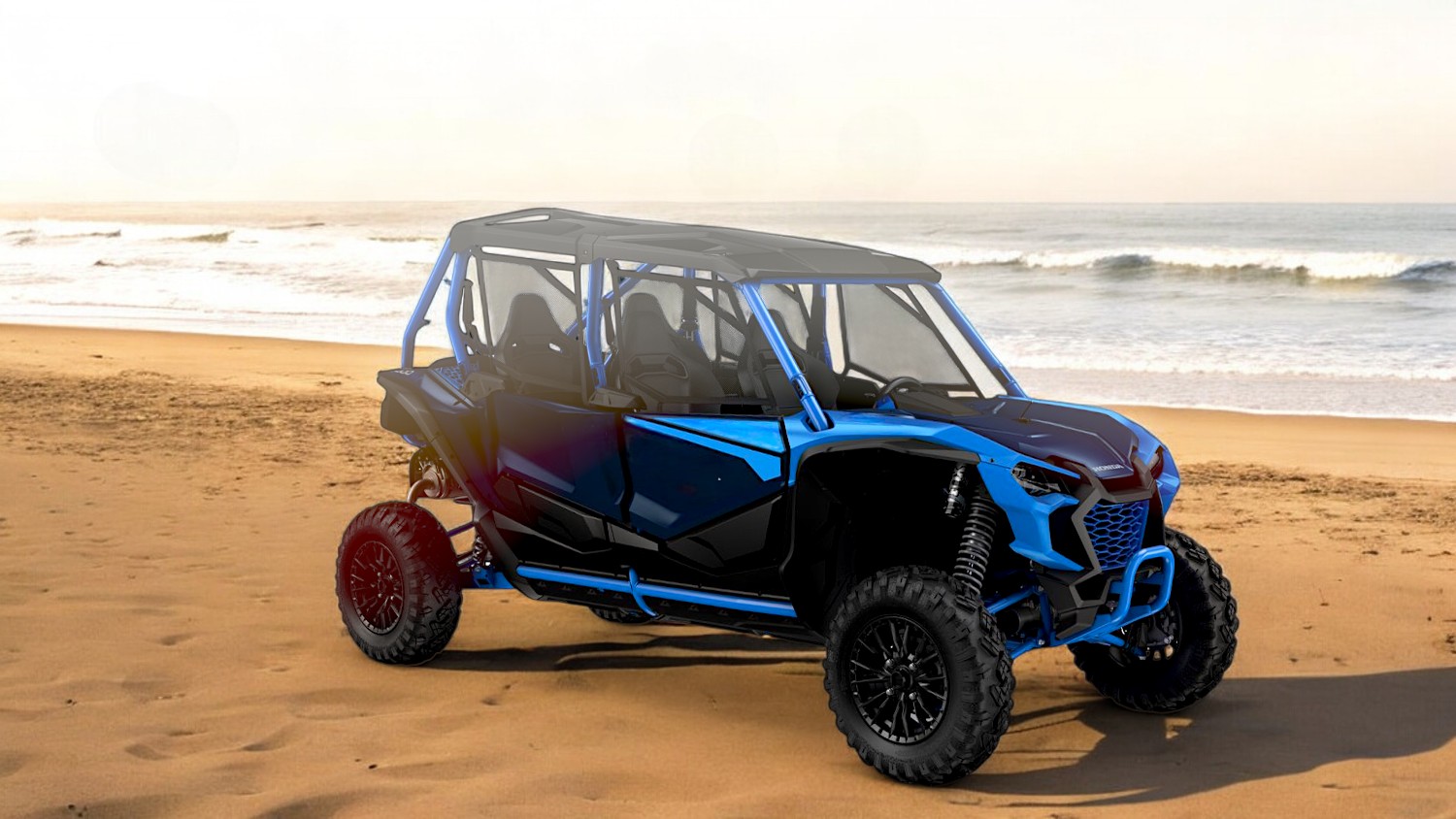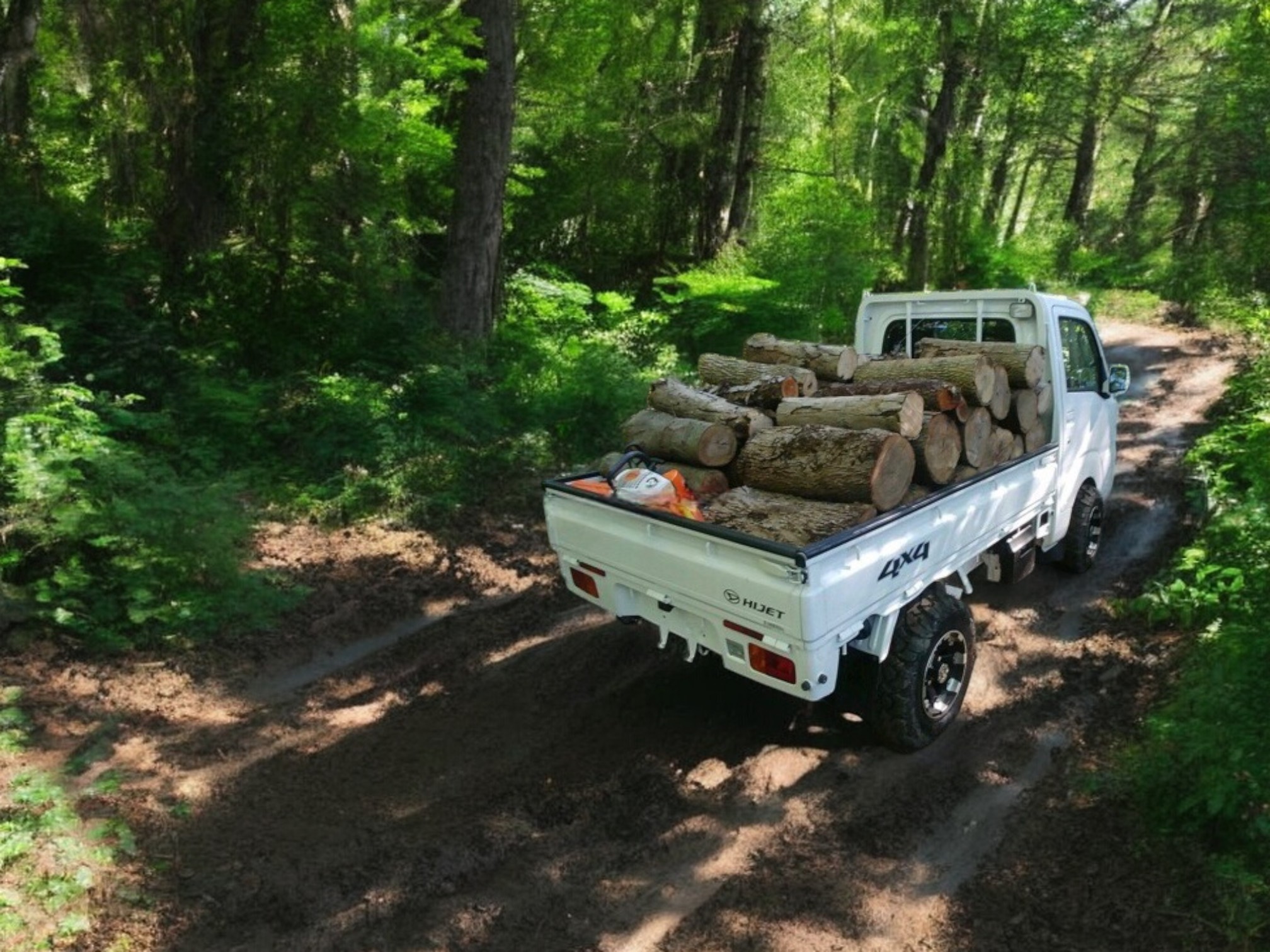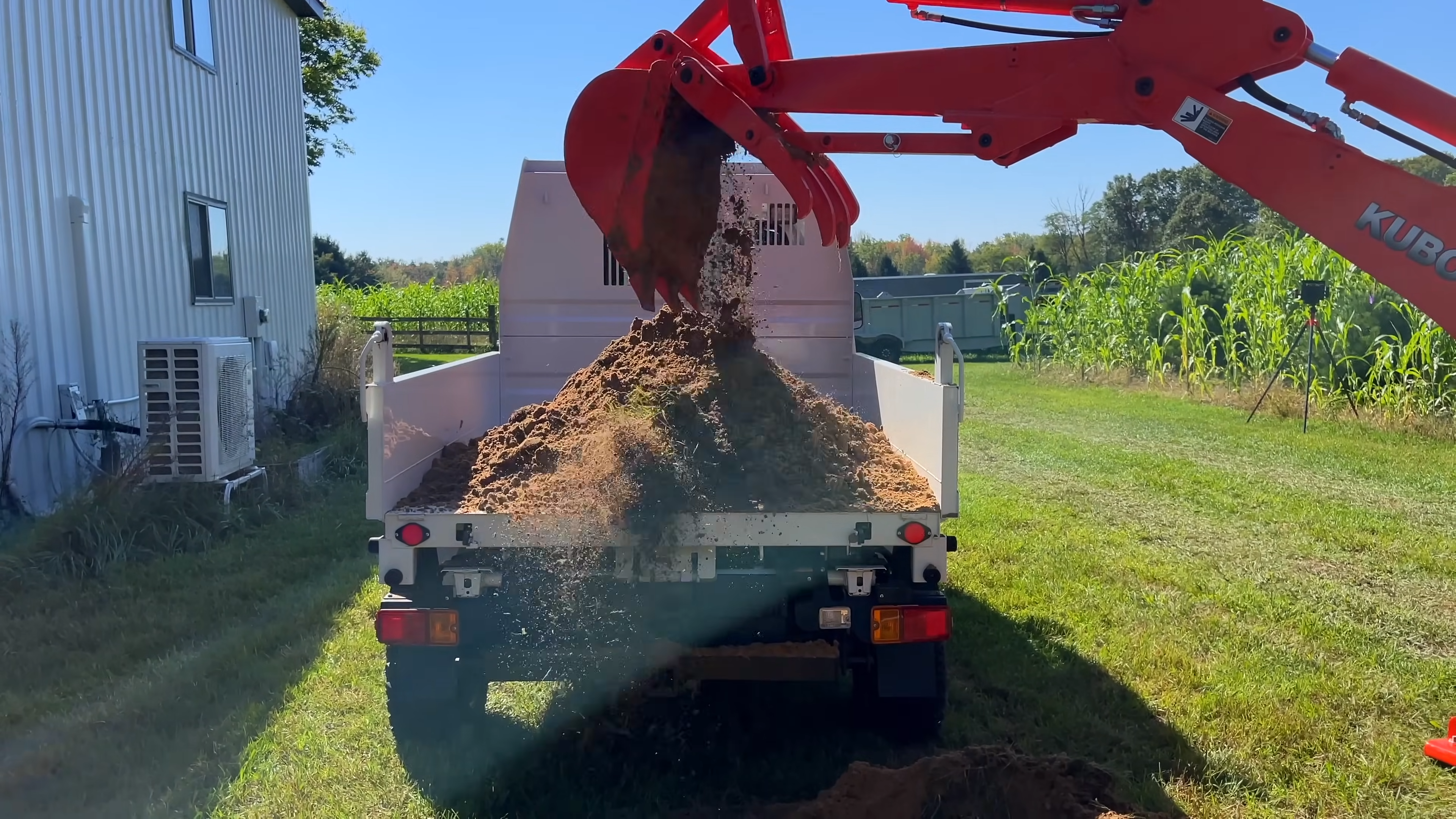Japanese Mini Truck Vs Side-By-Side
Trying to decide between a side-by-side and a mini truck? Maybe you already own a SxS that’s due for replacement, and you’re wondering if a Japanese mini truck might be a better fit. Here’s a breakdown to help you make the right choice for your needs.
Jump To Section
Off-Road Performance
Whether you choose a mini truck or a side-by-side, both are designed to handle off-road conditions. But ‘off-road’ can mean a lot of different things. Technically, it just refers to driving somewhere other than public streets. That could mean navigating private property on a college campus, driving gravel tracks, crossing fields to spread feed for cattle, hauling firewood out of the woods, or blasting along rough trails in a national park. With so many different off-road scenarios, it’s important to dig deeper when comparing the off-road performance of Japanese mini trucks and side-by-sides.
So, where does the side-by-side shine? Well, if your focus is speed—zooming down trails, hooning around bends, and generallychasing that adrenaline rush—a side-by-side is the better choice. Mini trucks aren’t built for racing, and they’re limited by federal law to 25 miles per hour. That’s plenty for any off-road work tasks as well as hauling heavy loads, but if you’re after pure thrills, a mini truck isn’t the right fit.
Does that mean the side-by-side outperforms the mini truck across the board? Not exactly. When it comes to go-anywhere off-road capability, the gap narrows. Many of the mini trucks for sale here come equipped with 4WD and a locking rear differential, and some models even feature hi-lo range selectors on their 5-speed manual transmissions. With knobby off-road tires and a body lift, your mini truck can handle terrain just as challenging as what a side-by-side can tackle.
In summary: if you’re looking for speed, jumps, and aggressive trail riding, a side-by-side is the way to go. But if you’re happy with steady trail performance along with the added ability to haul hay to your horses and other off-road work jobs, then it’s the mini truck that comes out on top.

Comfort
Once again, it all comes down to what you need from your side-by-side or mini truck. But before diving into the details, let’s start with a head-to-head comparison. First, take a look at the Daihatsu Hijet Jumbo mini truck above. Got a good look? Now, compare it to this typical side-by-side you can see below.

If you haven’t noticed it yet, take a closer look at the side-by-side. See those gaps? Not panel gaps—actual holes. And while this model has doors, they’re flimsy at best, with basic screens offering little protection. Compared to a typical mini truck, there’s not much separating you from the elements. You’ll need to bundle up and probably wear a helmet. Depending on the weather, expect to get cold, wet, and covered in mud, with the occasional briar swipe to the face. That’s part of the appeal, though. A side-by-side is all about the raw outdoor experience—the wind in your hair, the dirt on your face, and all the adventure that comes with it.
Now let’s turn to the mini truck. It offers a real weather-sealed steel shell cab with heat, solid doors, a full windshield, and standard features like air conditioning to keep you cool in the summer and a heater to keep you warm in the winter. No add-ons required—it’s all built in.
So, if you’ve got a job to do—whether it’s plowing snow, hauling fence posts, spreading feed, or any other off-road task—wouldn’t you rather do it out of the elements, the warmth, with your coffee mug in the cupholder and your favorite tunes on the radio? If that sounds like a better way to work, the mini truck is the clear choice.
In summary: if you’re after adventure and don’t mind getting exposed to the elements, go with the side-by-side. But if you just need to get the job done off-road and prefer to stay comfortable while doing it, the mini truck is the way to go.
Hauling And Carrying

This is where mini trucks have a definitive advantage. Just look at that bed—over 6 feet long! Think of everything you can load in there. You don’t have to stretch your imagination too much—just take a look at the Hijet regular cab model hauling logs above. That’s a serious amount of volume and weight, but the mini truck handles it with ease. To be specific, it can haul half a cord of wood while making steady progress off-road. Compare that to a typical side-by-side or any other UTV, with their shorter load beds that would struggle to manage even half that volume.
But it’s not just about how much you can cram in the back. Mini trucks have a feature that makes loading and unloading much easier—especially from the sides. Unlike a typical side-by-side, the mini truck’s bed isn’t limited to just a tailgate. You can quickly and easily drop the sides as well as the rear gate, allowing direct access to the bed. Whether you’re shifting 50-pound bags of corn or stacking bales of hay, this simple feature makes a big difference when you’re using it as your work conveyance every day.
Then there are the dump mini trucks—especially the heavy-duty Hijet HD Dumps. These don’t just have beds that are long. They’re beds are also reinforced to haul and dump heavy loads. So, with these HD Dump mini trucks, you get all the benefits of a 6+ foot bed with drop sides and a rear gate for easy loading, plus the ability to haul up to 1,500 lbs of feed, soil, gravel—you name it—and dump it exactly where you need it. No side-by-side or other UTV can match that combination of capacity and functionality.
In summary: if you need at work UTV that can haul anything from hay bales to fence posts to dirt, the mini truck has the side-by-side easily beat.

Price & Value
Recently, Men’s Journal named the Can-Am Maverick R X RS Smart-Shox as their top pick for the best overall side-by-side, and with a starting price of $44,299 (at the time of writing), it would have to deliver impressive performance to justify that substantial price tag. Even their budget choice—the Kawasaki Teryx KRX 1000 eS—comes in at $23,399 after a $1,000 discount, although they claw that back with a $995 destination charge.
Then there’s America’s best-selling side-by-side, the Polaris Ranger. A lower-end XD Premium trim model starts at $29,999, but move up the lineup and you’ll find the Northstar Ultimate variant priced at a staggering $49,499. But it’s not just about the price, though—it’s about value. If a side-by-side meets your needs and the cost makes sense for the job you need doing, that’s perfectly reasonable. No one’s here to convince you otherwise if it’s the right fit.
However, those are some significant numbers for UTVs that often lack the functionality, versatility, and comfort of a mini truck—especially when it comes to hauling and dumping. The bed length, the payload capacity, and the dumping capabilities of mini trucks far exceed what a side-by-side can manage. Add to that the to-door pricing with a 1- or 2-year commercial use warranty, as well as an impressive range of standard features, and it’s hard to argue against the mini truck for any work-related off-road application.
In summary: if you’re after an off-road UTV purely for trail-riding thrills, a side-by-side fits the bill. But for virtually every other task, the equivalent mini truck offers better value for money. Check out the prices here, and you’ll see what we mean.
Want To Learn More About Mini Trucks?
So how Japanese mini trucks stack up against more traditional side-by-sides. But maybe you want to learn more. What would you like to read about next?
- How to choose the Japanese mini truck that best fits your needs
- Are mini trucks the best solution for your farm or ranch?
- What is it about mini trucks that has people choosing them in droves over regular UTVs?

